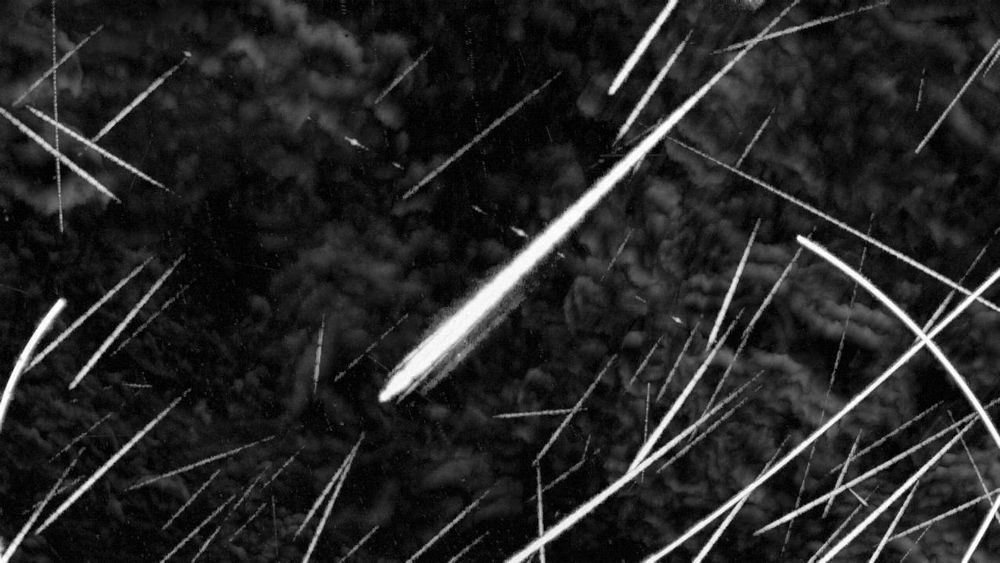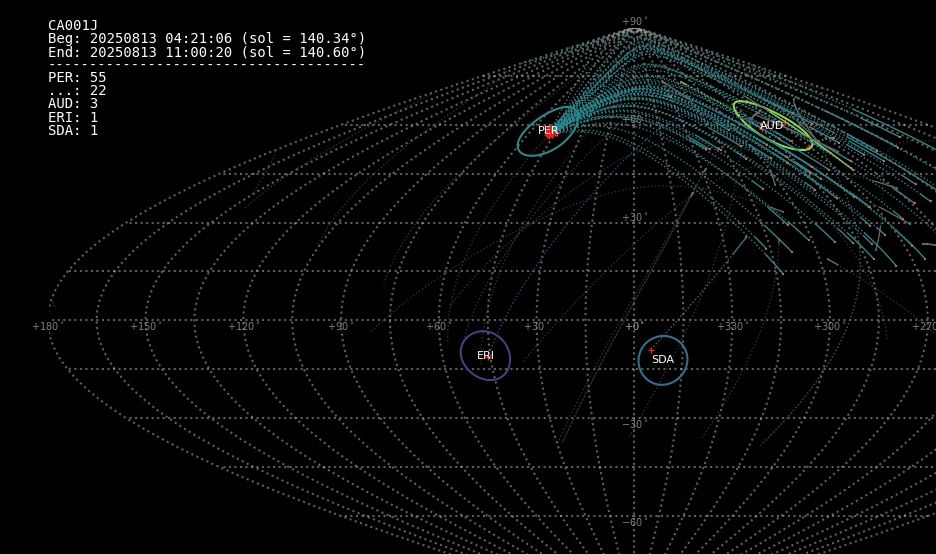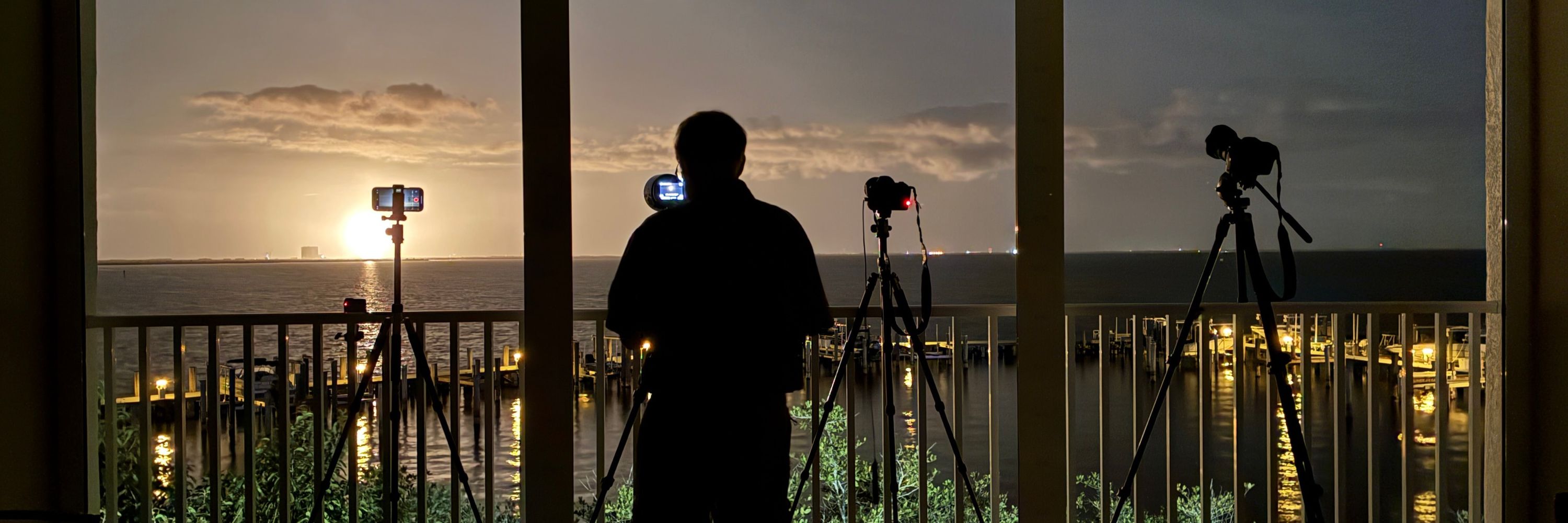
Currently an enrichment lecturer for Road Scholar and Vchysia.
We have successfully established contact with both ESCAPADE spacecraft, 💙 Blue and 💛 Gold, following launch on Blue Origin's New Glenn rocket today.
We're on our way to Mars to enable NASA and UC Berkeley Space Sciences Lab to study the Martian magnetosphere!

We have successfully established contact with both ESCAPADE spacecraft, 💙 Blue and 💛 Gold, following launch on Blue Origin's New Glenn rocket today.
We're on our way to Mars to enable NASA and UC Berkeley Space Sciences Lab to study the Martian magnetosphere!
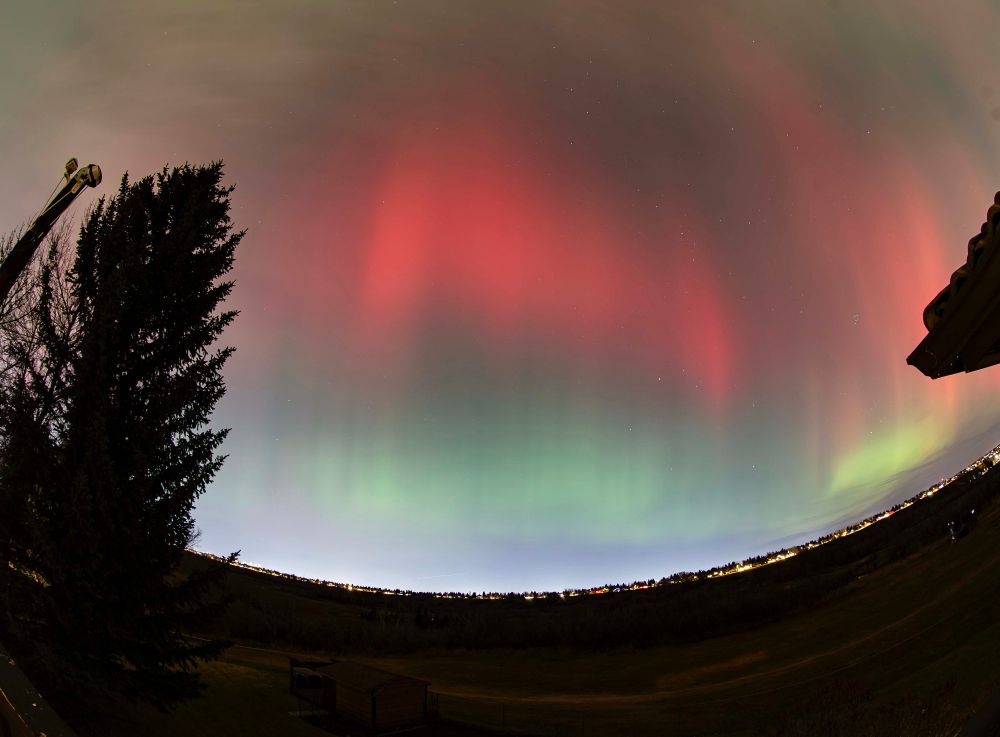

If you have clear skies use you cell phone camera to record this event.


If you have clear skies use you cell phone camera to record this event.
First photo was taken with an iPhone from the Springbank area and the second photo was acquired with a Canon 6D from south Calgary.


First photo was taken with an iPhone from the Springbank area and the second photo was acquired with a Canon 6D from south Calgary.
Although the sky was mostly cloudy, the bright meteor was still visible.
Time stamp is one hour too fast (it was only 1:23 am MDT).
Clocks roll back from MDT to MST at 2:00 am local time.
Although the sky was mostly cloudy, the bright meteor was still visible.
Time stamp is one hour too fast (it was only 1:23 am MDT).
Clocks roll back from MDT to MST at 2:00 am local time.


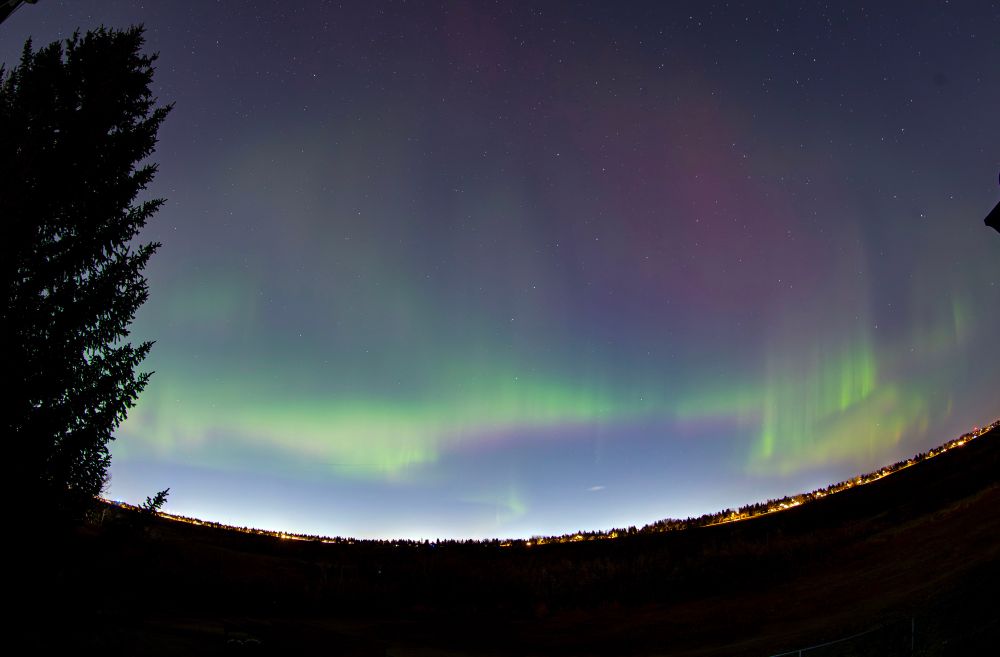
Observed Comet Lemmon from near Priddis, Canada and looked at the impressive Andromeda galaxy with its companion or satellite galaxies.
Photos are taken with a Canon 6D using a 400mm telephoto lens (unguided).


Observed Comet Lemmon from near Priddis, Canada and looked at the impressive Andromeda galaxy with its companion or satellite galaxies.
Photos are taken with a Canon 6D using a 400mm telephoto lens (unguided).
"You can see Comet Lemmon from Melbourne in the evening after sunset from mid-October through early November 2025, with the best chance for naked-eye viewing around October 21st, especially from a dark location away from city lights. It will appear low on the western horizon."
☄️
Kenneth LeRose's website - www.krlphoto.com/shop-art
More on the comet at fosstodon.org/@AkaSci/1153...
#Astronomy

"You can see Comet Lemmon from Melbourne in the evening after sunset from mid-October through early November 2025, with the best chance for naked-eye viewing around October 21st, especially from a dark location away from city lights. It will appear low on the western horizon."
From the memorial in Kharkiv for Ukrainian children 🇺🇦 killed during Russia's full-scale invasion.

From the memorial in Kharkiv for Ukrainian children 🇺🇦 killed during Russia's full-scale invasion.







Attached photos are from Oct 1 and Oct 2.
The aurora has been bright enough to be seen through thin clouds.


Attached photos are from Oct 1 and Oct 2.
The aurora has been bright enough to be seen through thin clouds.

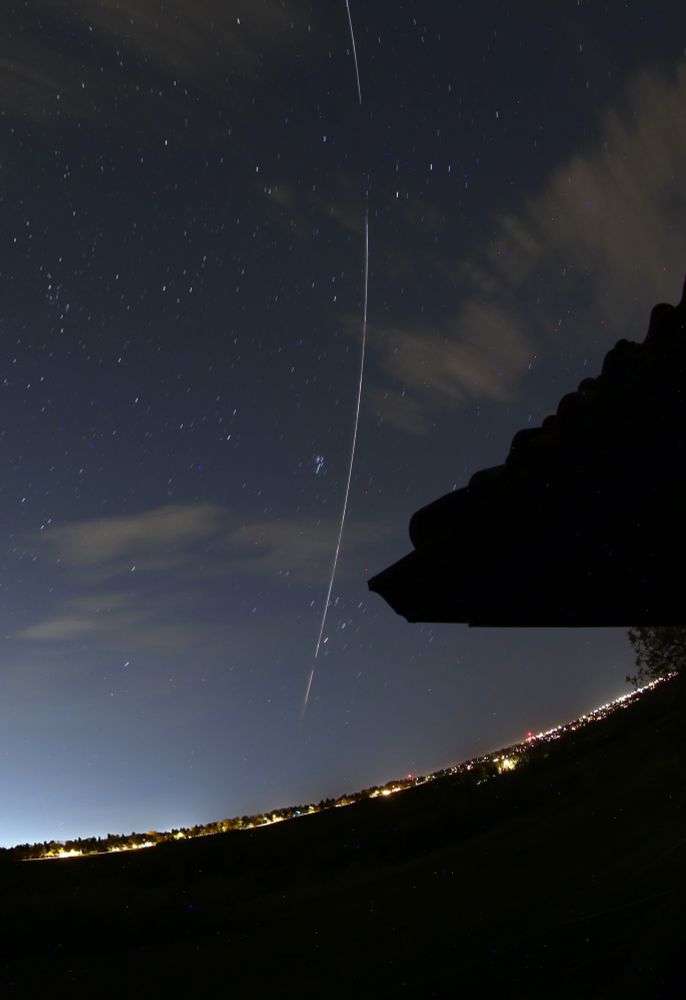



Enjoyed a great view of Jupiter, Venus, the crescent Moon and little Mercury.
Photos were captured around 5:30am MDT on August 21. Good demonstration on how far the Moon moves across our sky from just yesterday.

Enjoyed a great view of Jupiter, Venus, the crescent Moon and little Mercury.
Photos were captured around 5:30am MDT on August 21. Good demonstration on how far the Moon moves across our sky from just yesterday.
On August 21 the crescent Moon will be near Mercury before sunrise.



On August 21 the crescent Moon will be near Mercury before sunrise.







